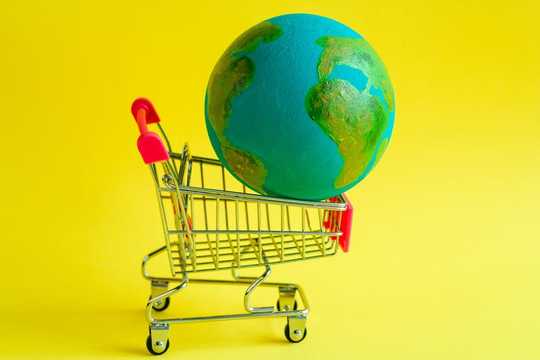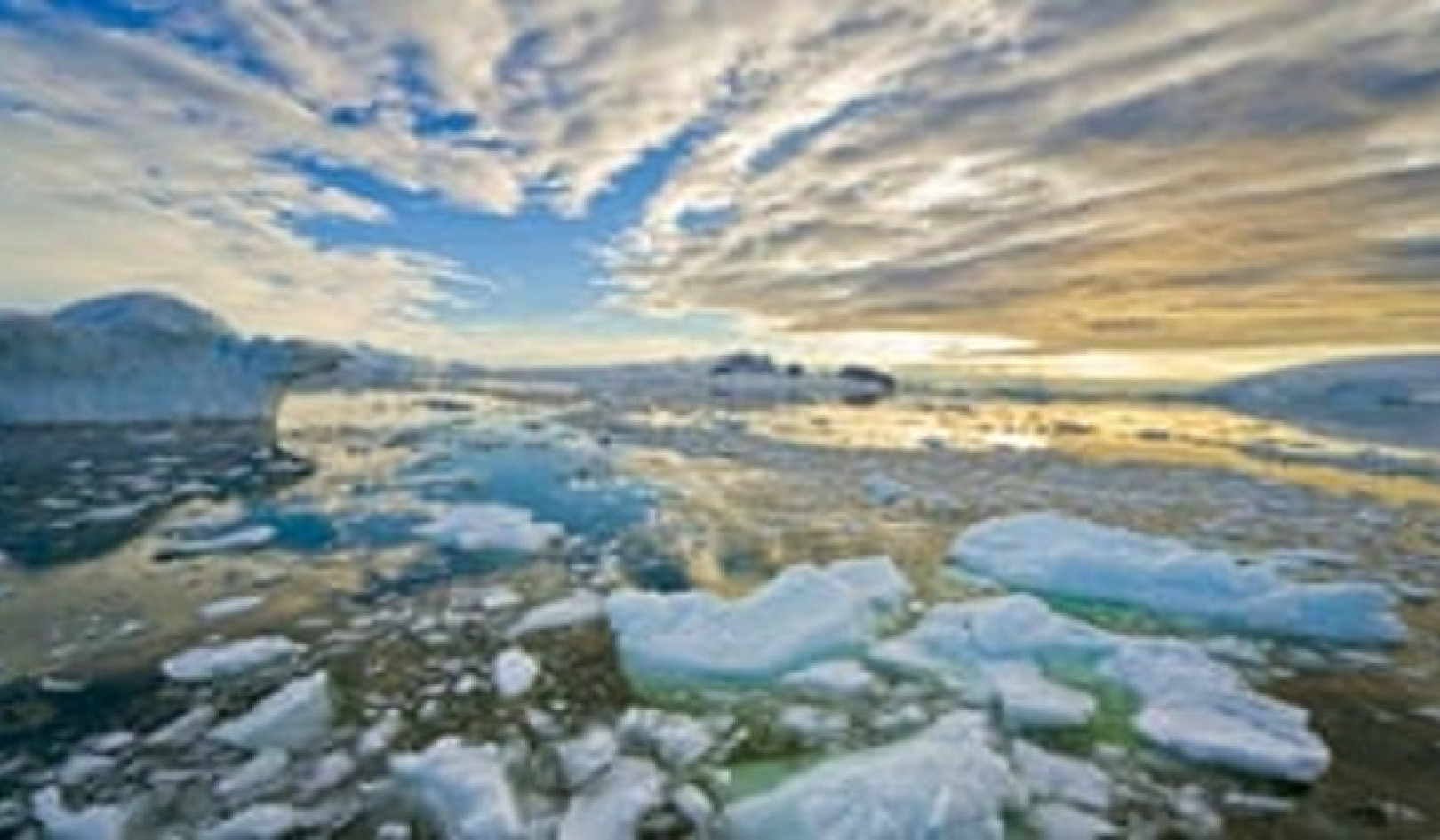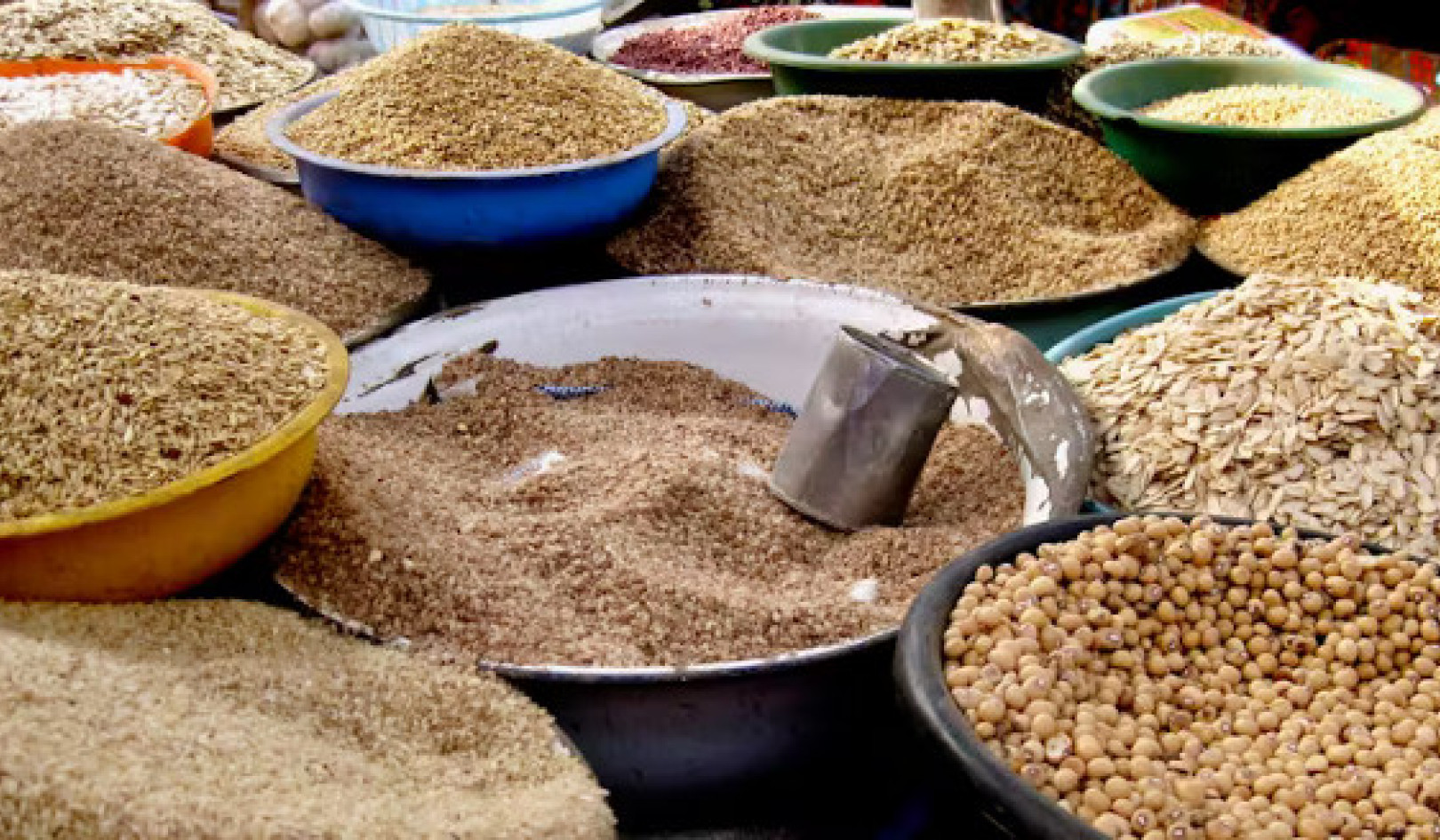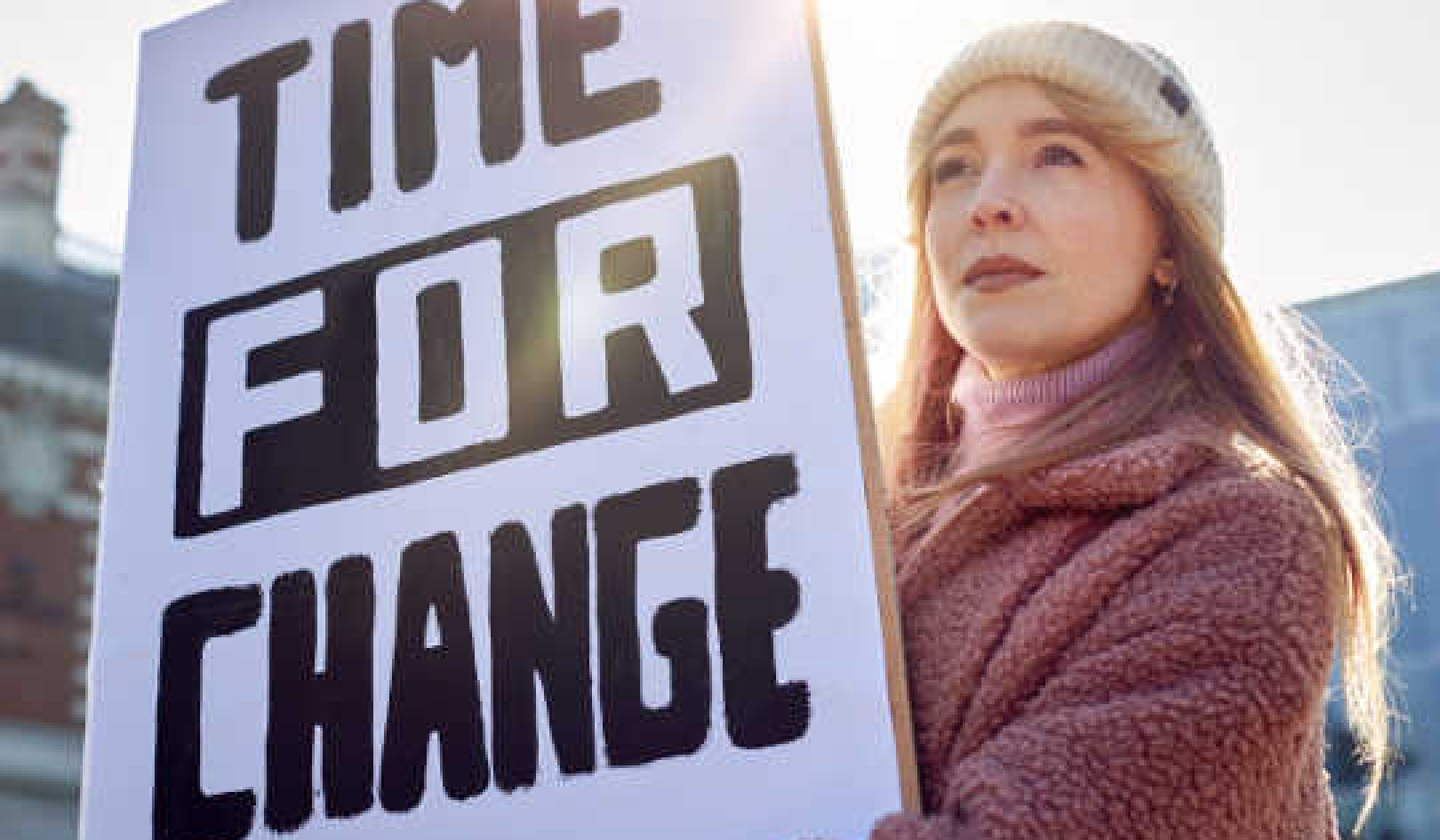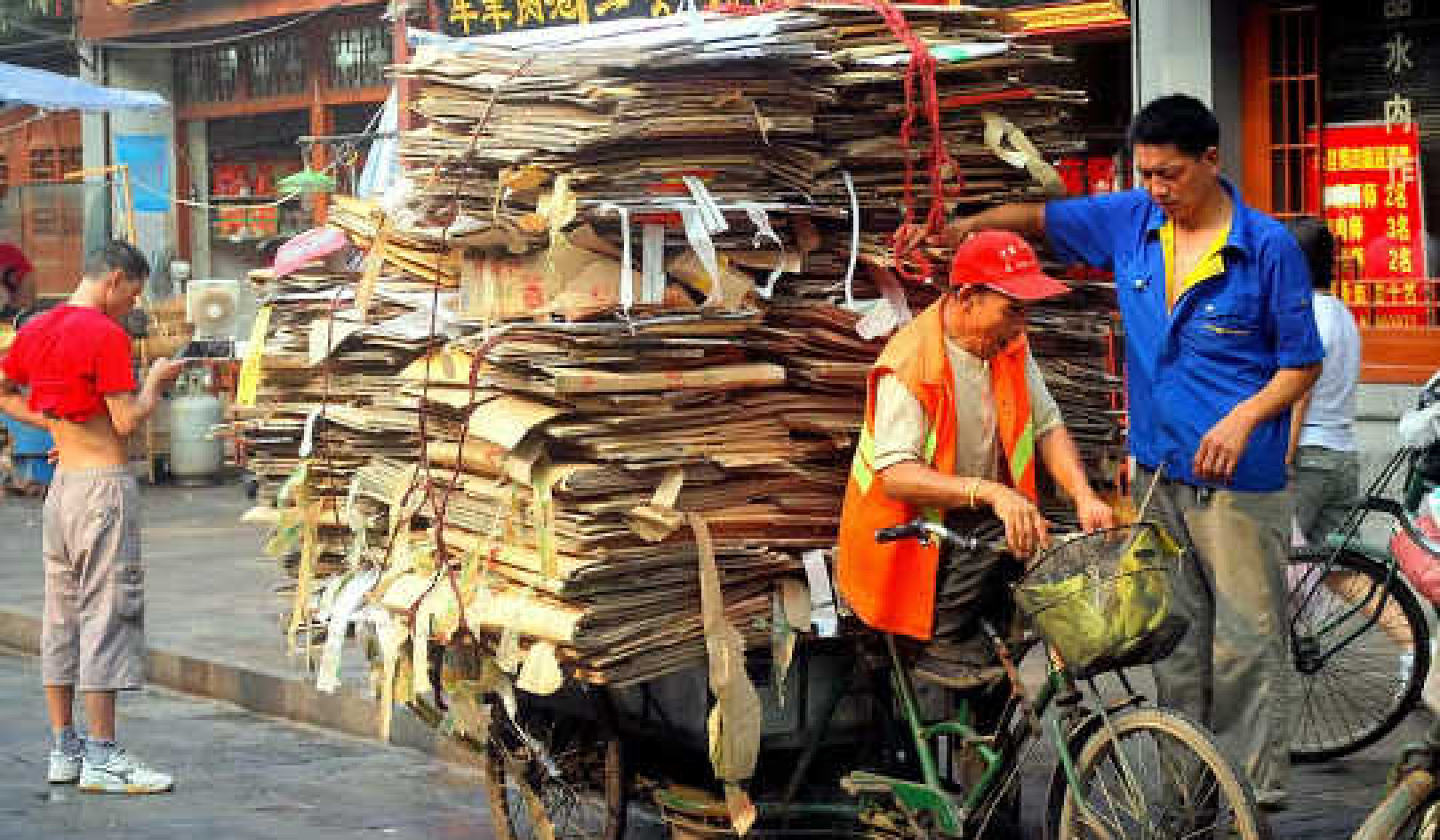How does your food shop affect the planet? Well, think of it like this – consuming just one egg emits between 260 and 330g of CO? to the atmosphere. That’s because before that egg can reach your plate, animal feed has to be produced and delivered to the hen that laid it. That hen then needs heating pumped into the shed it shares with the other hens on the farm, and their eggs have to be transported, often by van, to the shop you buy them from, where they’re stored in refrigerators. There’s also the packaging that must be made to store the eggs and the process of cooking them to consider.
All of this takes energy, which, more often than not, is generated using fossil fuels. We can analyse the carbon footprint of a particular food item by working out the quantity of greenhouse gases that are emitted during the production of raw materials, industrial processing, transport, storage, cooking, consumption, and waste. This is called the “cradle-to-grave” approach.
It can help people better understand how the things we use every day affect the world around us. With that in mind, here are four simple rules to help you reduce the carbon footprint of your food basket during your next shopping trip.
1. Diversify your protein sources
Of all livestock, cows require the most pasture land and the most feed from land-intensive crops. Their burps also generate large quantities of planet-warming methane, making the carbon footprint of beef on average four times higher than pork and poultry. Lamb has a high carbon footprint, and its consumption should be also reduced.
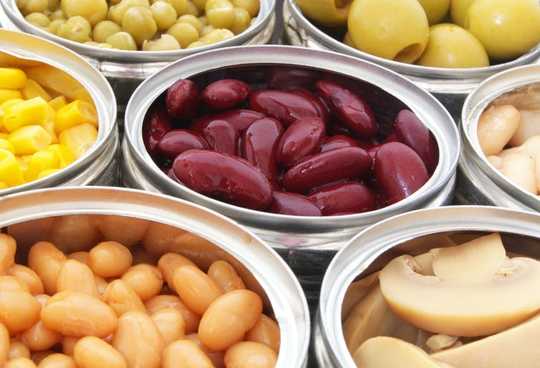 Protein doesn’t have to come from meat. In fact, beans and pulses are often a healthier source, for you and the planet. Good luck images/Shutterstock
Protein doesn’t have to come from meat. In fact, beans and pulses are often a healthier source, for you and the planet. Good luck images/Shutterstock
Grains, beans, lentils, soya and tofu, nuts and seeds, mushrooms, and seaweed all contain high levels of protein and require far smaller inputs than animals to grow, giving them a very low carbon footprint. A recent study showed that it’s possible to reduce dietary greenhouse gas emissions by 80%, just by reducing meat consumption by 70% and dairy consumption by 65%.
2. Organic doesn’t mean low carbon
In the absence of calculated carbon footprints on food labels, consumers commonly use other information on labels to estimate the environmental impact. But these can often mislead. Consumers may associate “organic” or “free range” with higher environmental quality (low pesticide intensity and more natural animal rearing), and by extension assume that they are low-carbon products. But while some organic products, such as milk or olive oil, typically have a lower carbon footprint than regular equivalents, the reverse is true for soy milk and organic and free-range eggs versus barn eggs. For pasta, there’s generally no difference between organic and non-organic varieties.
Of course, caring for animal welfare and supporting the limited use of chemical fertiliser are important considerations too. But avoid using these keywords to estimate the carbon burden of foods.
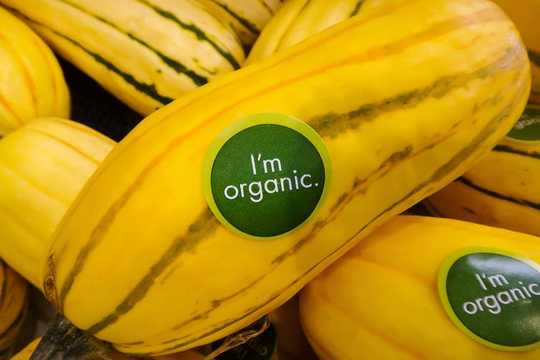 Organic food is often better for wildlife and animal welfare, but it’s not necessarily better for the climate. Ana Lacob Photography/Shutterstock
Organic food is often better for wildlife and animal welfare, but it’s not necessarily better for the climate. Ana Lacob Photography/Shutterstock
3. Local isn’t always best
Buying local products doesn’t guarantee a smaller carbon footprint. Transport is an important contributor to the carbon cost of foods but its not the only carbon cost. In fact, the carbon contribution of transport is higher in low-carbon than high-carbon foods. To this extent, the “food miles” concept, should not be used as an indicator of carbon footprint, because it only considers the transport element of the carbon footprint.
For instance, transport does not increase the footprint for high-carbon products such as meat by much, and it may transpire that lamb from New Zealand in the season of slaughter has lower carbon emissions than British lamb out of season, primarily because of the much lower carbon footprint at rearing, due to more favourable weather that allows the animals to eat more grass and less animal feed. On the other hand, green beans from Kenya or asparagus from Peru will have a low carbon footprint at production, but their carbon footprint is much increased by the flight that gets them to supermarket shelves in the UK.
Going local is useful for fruit and vegetables in season, but the carbon emitted by growing them in greenhouses in winter means that importing from a country where the produce is in season is usually more sustainable. Of course, best of all would be to eat in synchrony with the natural seasons where you live, if possible.
The carbon footprint of transport can be lower for processed products too. Shipping ground coffee instead of coffee beans or concentrated orange juice rather than oranges implies only transporting the final product, without the waste or the extra water, and using less refrigeration and less packaging. As a result, concentrated orange juice emits less CO? than fresh orange juice, and grinding coffee where beans are grown may be more sustainable than importing the beans to be ground elsewhere.
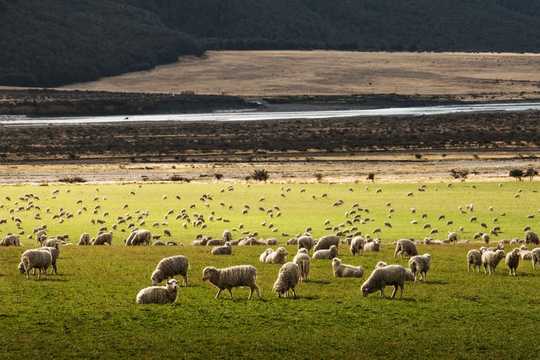 Believe it or not, lamb reared in New Zealand could sometimes be a better choice for UK consumers than local produce. Martin Bisof/Unsplash, CC BY-SA
Believe it or not, lamb reared in New Zealand could sometimes be a better choice for UK consumers than local produce. Martin Bisof/Unsplash, CC BY-SA
4. Packaging matters
Plastic packaging is not always the evil it’s made out to be. Some packaging options, particularly tin and glass, are very heavy, and so can only be transported in smaller quantities. This means that their transport requires more energy per unit of food. As a result, switching from these types of materials to plastic, which is considerably lighter, can reduce carbon emissions. This is particularly the case if the plastic is recyclable.
Plastic packaging can be better than no packaging in some cases. In extending the shelf life of fresh produce, plastic can be an ally in reducing food waste – which produces methane if it goes to landfill.Read more: Why some plastic packaging is necessary to prevent food waste and protect the environment
About The Authors
Luca Panzone, Lecturer in Consumer Behaviour, Newcastle University and Natasha Auch, PhD Candidate in Behavioural Economics, Newcastle University
This article is republished from The Conversation under a Creative Commons license. Read the original article.
Related Books
Drawdown: The Most Comprehensive Plan Ever Proposed to Reverse Global Warming
by Paul Hawken and Tom Steyer In the face of widespread fear and apathy, an international coalition of researchers, professionals, and scientists have come together to offer a set of realistic and bold solutions to climate change. One hundred techniques and practices are described here—some are well known; some you may have never heard of. They range from clean energy to educating girls in lower-income countries to land use practices that pull carbon out of the air. The solutions exist, are economically viable, and communities throughout the world are currently enacting them with skill and determination. Available On Amazon
In the face of widespread fear and apathy, an international coalition of researchers, professionals, and scientists have come together to offer a set of realistic and bold solutions to climate change. One hundred techniques and practices are described here—some are well known; some you may have never heard of. They range from clean energy to educating girls in lower-income countries to land use practices that pull carbon out of the air. The solutions exist, are economically viable, and communities throughout the world are currently enacting them with skill and determination. Available On Amazon
Designing Climate Solutions: A Policy Guide for Low-Carbon Energy
by Hal Harvey, Robbie Orvis, Jeffrey Rissman With the effects of climate change already upon us, the need to cut global greenhouse gas emissions is nothing less than urgent. It’s a daunting challenge, but the technologies and strategies to meet it exist today. A small set of energy policies, designed and implemented well, can put us on the path to a low carbon future. Energy systems are large and complex, so energy policy must be focused and cost-effective. One-size-fits-all approaches simply won’t get the job done. Policymakers need a clear, comprehensive resource that outlines the energy policies that will have the biggest impact on our climate future, and describes how to design these policies well. Available On Amazon
With the effects of climate change already upon us, the need to cut global greenhouse gas emissions is nothing less than urgent. It’s a daunting challenge, but the technologies and strategies to meet it exist today. A small set of energy policies, designed and implemented well, can put us on the path to a low carbon future. Energy systems are large and complex, so energy policy must be focused and cost-effective. One-size-fits-all approaches simply won’t get the job done. Policymakers need a clear, comprehensive resource that outlines the energy policies that will have the biggest impact on our climate future, and describes how to design these policies well. Available On Amazon
This Changes Everything: Capitalism vs. The Climate
by Naomi Klein In This Changes Everything Naomi Klein argues that climate change isn’t just another issue to be neatly filed between taxes and health care. It’s an alarm that calls us to fix an economic system that is already failing us in many ways. Klein meticulously builds the case for how massively reducing our greenhouse emissions is our best chance to simultaneously reduce gaping inequalities, re-imagine our broken democracies, and rebuild our gutted local economies. She exposes the ideological desperation of the climate-change deniers, the messianic delusions of the would-be geoengineers, and the tragic defeatism of too many mainstream green initiatives. And she demonstrates precisely why the market has not—and cannot—fix the climate crisis but will instead make things worse, with ever more extreme and ecologically damaging extraction methods, accompanied by rampant disaster capitalism. Available On Amazon
In This Changes Everything Naomi Klein argues that climate change isn’t just another issue to be neatly filed between taxes and health care. It’s an alarm that calls us to fix an economic system that is already failing us in many ways. Klein meticulously builds the case for how massively reducing our greenhouse emissions is our best chance to simultaneously reduce gaping inequalities, re-imagine our broken democracies, and rebuild our gutted local economies. She exposes the ideological desperation of the climate-change deniers, the messianic delusions of the would-be geoengineers, and the tragic defeatism of too many mainstream green initiatives. And she demonstrates precisely why the market has not—and cannot—fix the climate crisis but will instead make things worse, with ever more extreme and ecologically damaging extraction methods, accompanied by rampant disaster capitalism. Available On Amazon
From The Publisher:
Purchases on Amazon go to defray the cost of bringing you InnerSelf.comelf.com, MightyNatural.com, and ClimateImpactNews.com at no cost and without advertisers that track your browsing habits. Even if you click on a link but don't buy these selected products, anything else you buy in that same visit on Amazon pays us a small commission. There is no additional cost to you, so please contribute to the effort. You can also use this link to use to Amazon at any time so you can help support our efforts.


